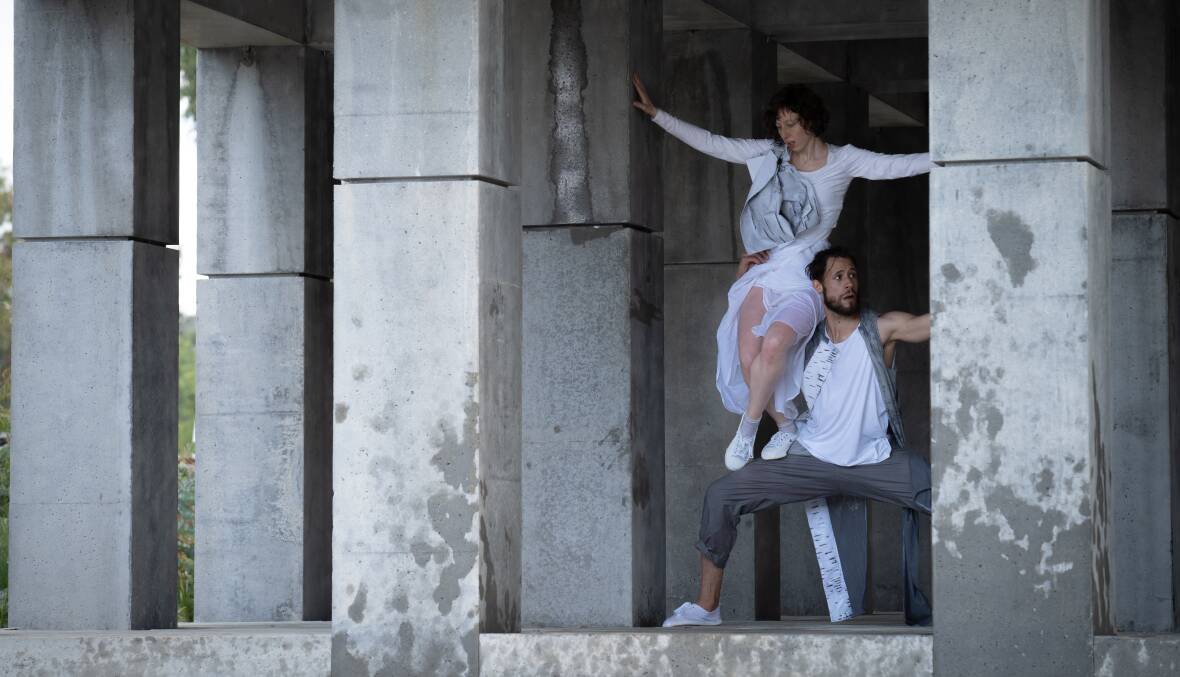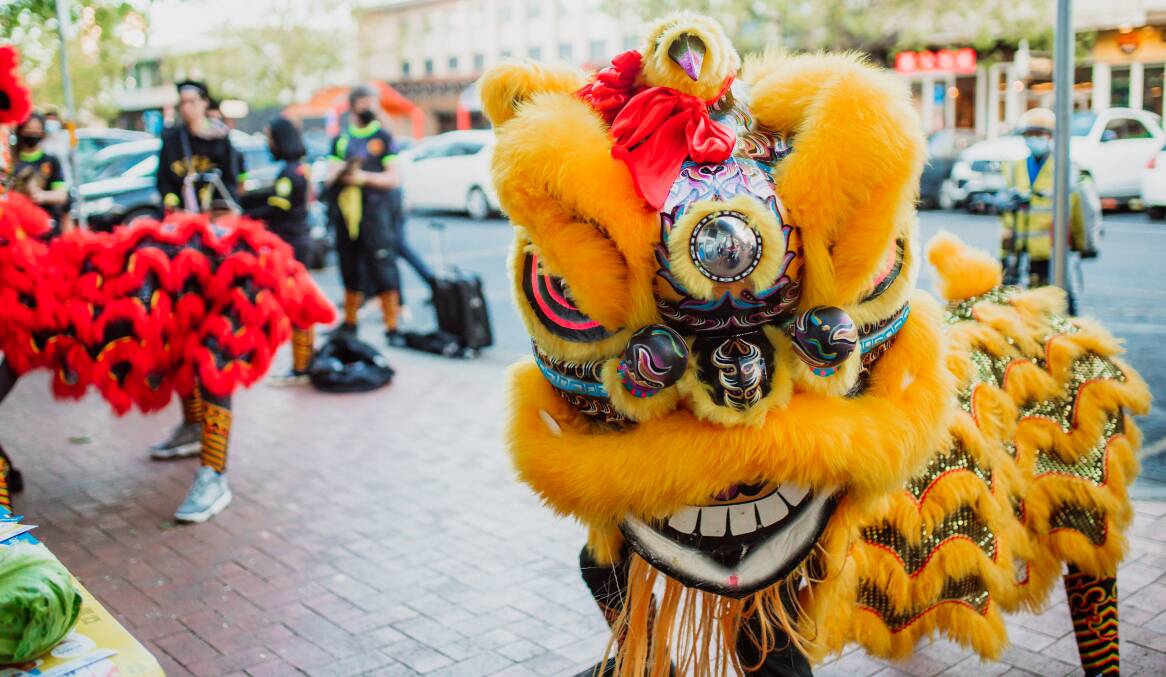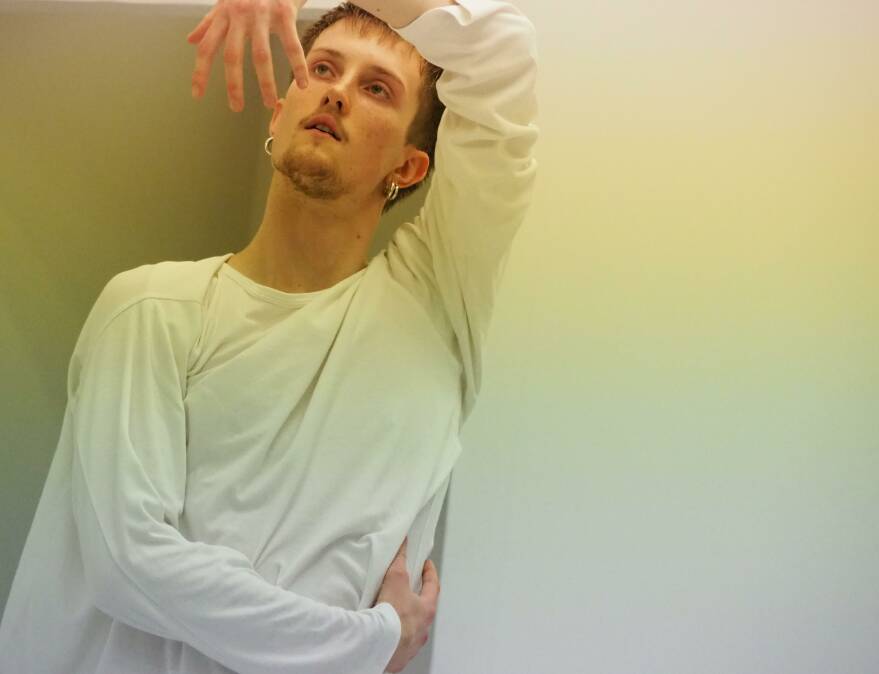
It's been 40 years since Australian Dance Week first chasséd its way into Canberra, bringing with it a program of community picnics and lunchtime performances.
As well as being a way for the dance community to come together and get more people involved, at its core, it was part of a push to promote peace and wellbeing.
That same year the United Nations Educational, Scientific and Culture Organization introduced International Dance Day - held on the creator of modern ballet Jean-Georges Noverre's birthday, April 29. Seeing an opportunity to promote dance as a profession and a general activity, Australian Dance Week took the idea and ran with it.
In the four decades since, Canberra's program, in particular, has grown to be the largest in the country, as well as one of the most diverse.
"Diversity is very key for the Ausdance network and key for the ACT as well," Ausdance director Cathy Adamek says.
"It isn't just contemporary dance or ballet. The amount of Afrodance in Canberra is incredible, for example. I don't know if everyone knows that, but it's like you're spoilt for choice in a way and it's very accessible too.
"There was a time when you had to go to nightclubs to even hear black music. So it's so great to see that being represented in the dance sector."

Among the workshops on offer during this year's Australian Dance Week are Chinese tiger and lion dance, disco and Brazilian samba, with performances including LESS from the Australian Dance Party, and Synthesise Me by Max Burgess.
"There's also a big focus on First Nations in our opening event. That's something that Ausdance is very committed to promoting," Adamek says.
"We've got Emma Laverty doing Project Dust. Emma Laverty, she's Darug not Ngunnawal, but Emma's very committed to teaching First Nations dance to young people.
"And we're giving some First Nation students the opportunity to perform, and some of them have never had that opportunity before."

The week's program is a great example of the evolution of dance and in particular the evolution of how people learn the different techniques.
Whether it's disco, jive, tango or First Nations dance, most styles were traditionally learnt outside of a dance class.
That didn't mean that there weren't specific techniques. But as time progressed, those techniques moved to a class setting to be passed down.
"Disco, for example, there was a whole lexicon of movements that came out of that period, which you can formalise and teach," Adamek says.
"The social dance practice has always had that progression of vocabulary. They come from popular dance and social dance movements, and then they became codified and taught.
"Every dance movement has got a series of movements, which seem kind of random and spontaneous when you're in the moment, but it can be taught."
Australian Dance Week runs from April 29 to May 8. For the full program go to ausdance.org.au.







